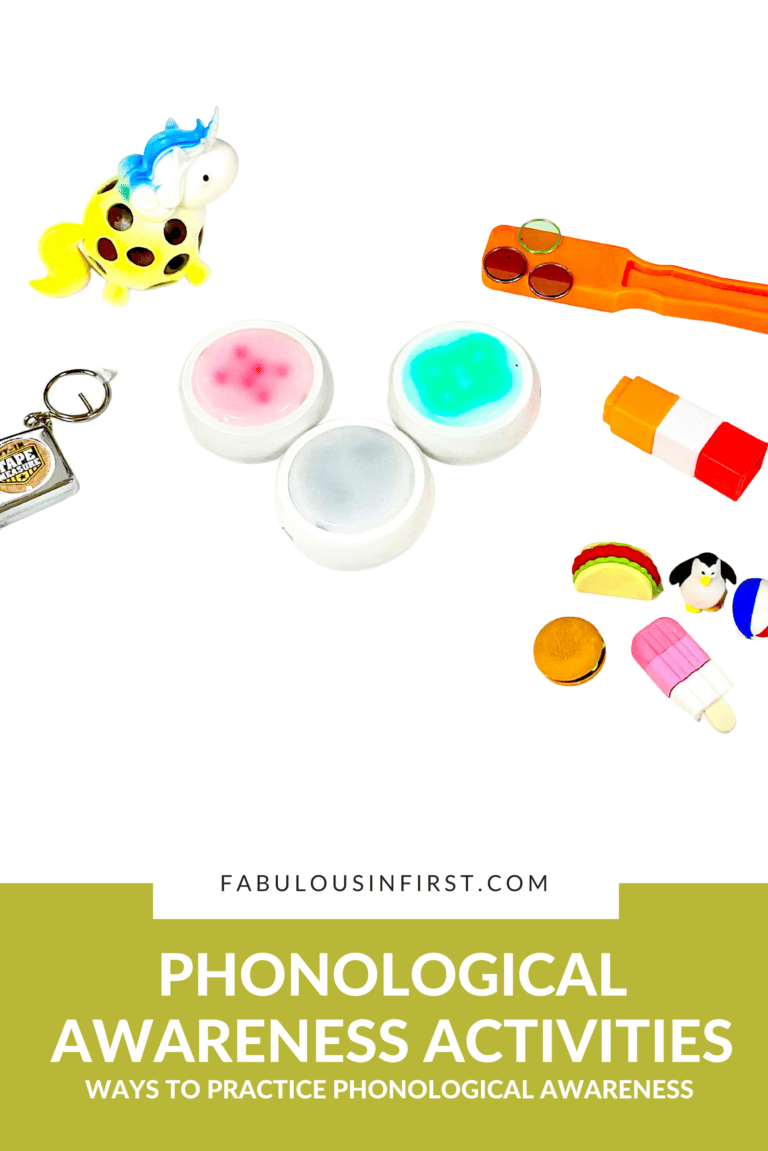Last year I led an inservice on Formative Instructional Practices. Sounds exciting huh? If you haven’t been FIP trained it is just consists of ways to guide your teaching and your student’s learning. Examples are:
- Creating and using clear learning targets
- Collecting and documenting evidence of student learning
- Analyzing evidence and providing effective feedback
- Preparing students to take ownership of their learning
When marking on students papers, don’t just put a check mark, a smiley or a percentage. Write a short note writing what you liked about their work so they can continue to do those things in the future. If something is incorrect you need to give the student a direction to help prevent them from making the same mistake twice.
For example: I loved the way you stated your answer and explained your thinking.
or You have the correct answers but please make sure you show your work so I know the steps you used.
Also, talk to your students about how they learn best. What were some of the activities they loved the most. Why did they like those activities? This gives you an idea of how your students learn best so you can plan for the future. For kindergarten students even post pictures of activities you’ve done in the past and have them vote on the activity that was their favorite. Talk about why. This helps students take ownership in their learning and gives them some control over future learning.










